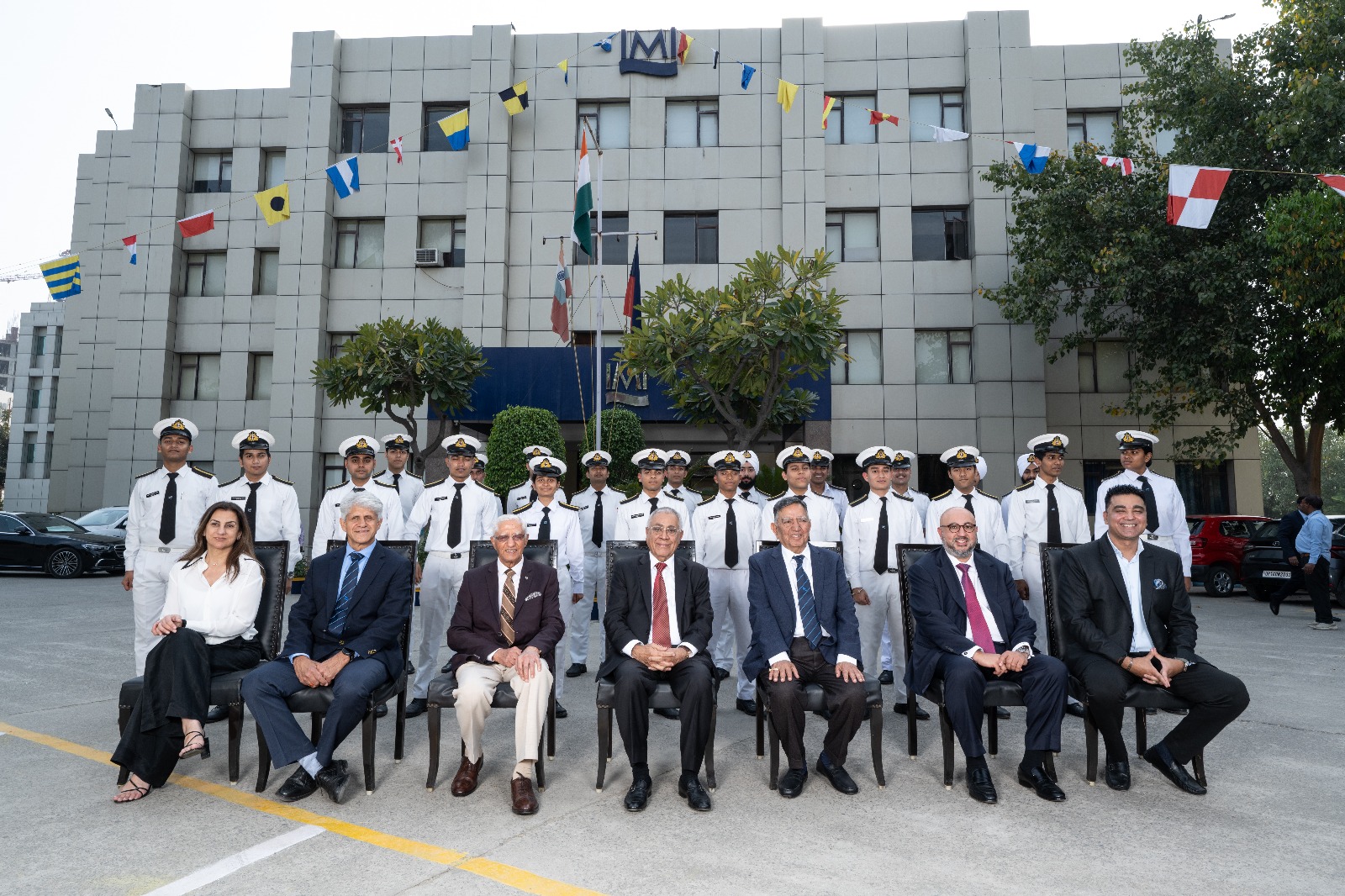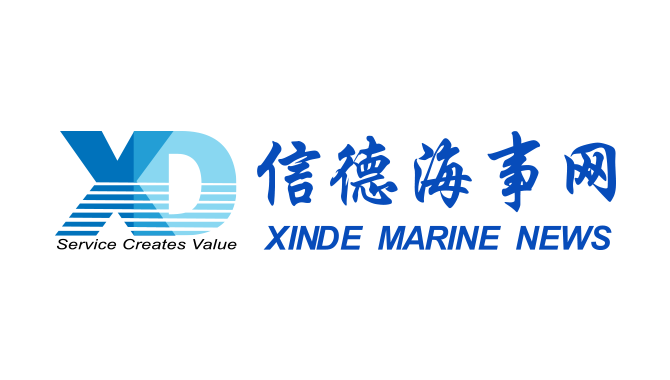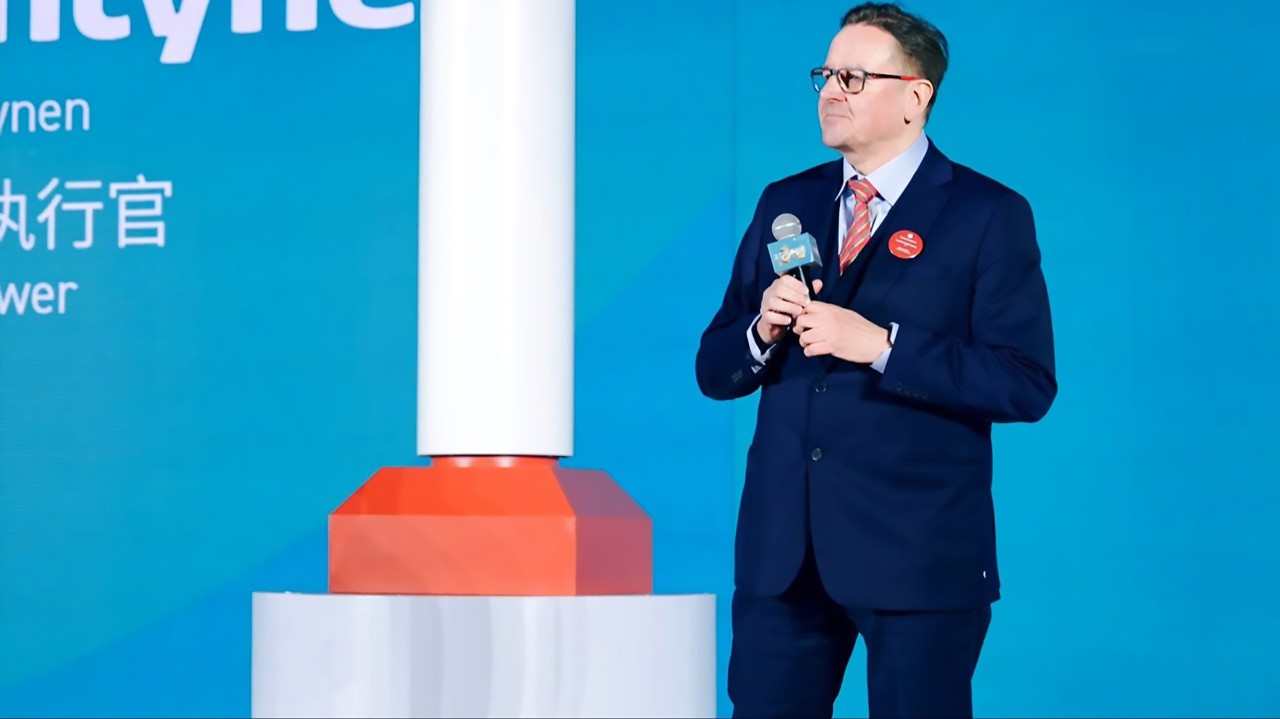Ballast organism transfer and ''parasite smuggling'' - Not welcome here!
By Capt. Harshvardhan Kumar
Capt. Harshvardhan Kumar,
Executive Marine Surveyor (Nautical, Hull and Cargo) and Loss Adjuster,
Charles Taylor
From time immemorial, humanity has been in a state of migration, with people and cultures moving across continents, enriching the lands they arrive in with their flavour. This has led to the growth of new languages, and cuisines and indeed progressed civilization itself.
However, when this migration happens with smaller organisms (or parasites), it may lead to unwelcome situations. When microorganisms migrate from their natural habitat to a new location, it gives rise to an imbalance in the new ecosystem. They can and do wreak havoc upon their new residence and can wipe out entire habitats or species.
With ships getting larger by the year reaching 400K deadweight tonnage (DWT) in size, the volume of ballast water transported is also increasing. This ballast water is taken in at the port of discharge and pumped out at the loading port, thereby transferring marine species from one place to another. An Ultra Large Ore Carrier could transport over 250,000m3 of ballast water this way in a single voyage. To prevent these effects, the IMO has implemented numerous regulations and guidelines on how vessels are required to process the ballast water on board before discharging it in the load ports.
However, the problem of marine growth adhering to the vessels' hulls remains. Tiny organisms stuck to the vessels’ hulls are also responsible for introducing unwanted species with the same effects, creating similar associated ecological imbalance and economic losses.
Recognizing this, International Maritime Organization introduced 2011, the Guidelines for the Control and Management of Ships' Biofouling to minimize the transfer of invasive aquatic species (the Biofouling Guidelines).
New Zealand and Australia have taken steps to introduce measures to control the introduction of such unwanted species into their waters in line with these guidelines. While New Zealand has already in force a strict regime to control biofouling on the hulls of vessels entering their waters, Australia has also introduced a similar program as per the Biosecurity Act 2015 that is expected to be enforced from December 2023. Both countries expect all vessels to be subjected to an underwater hull inspection to verify that the vessel’s hull is clean and to carry out cleaning where necessary. This is to be done within 30 days before entering their waters.
In AMSA Marine Notice 11/2022,
Quote
Vessel operators will receive less intervention for biofouling if they comply with one of the following three accepted biofouling management practices:
1. Implementation of an effective biofouling management plan
2. Hull and niche areas cleaned of all biofouling within 30 days before arriving in Australian territory, or
3. Implementation of an alternative biofouling management method pre-approved by the department.
Unquote
While these regulations are currently in force, Australia has notified that until 15th December 2023, the authorities will have an ‘education-first’ approach, at the same time, retaining their powers under the Biosecurity Act 2015 to manage any unacceptable biofouling risk.
This has led to an unexpected situation whereby, while the shipowners are doing the right thing by getting these inspections done as required, and present vessels with clean hulls, the very same vessels are being targeted by criminal minds. A vessel heading for a port that presents a lucrative drug market is targeted and used as a conduit for smuggling.
The smuggling takes place using either the cargo or the ship itself. Hiding drugs within the cargo or shipping containers is quite common and unfortunately prevalent. Ingenious methods are used to hide the drugs within packages or units of the cargo, there is even a case where the drugs were hidden inside cavities of fresh fruits.
This is called “parasite smuggling” and is a method whereby drugs are attached to a vessel’s hull by divers, in any of the numerous cavities underwater at one port and retrieved at the other end also by divers. This could be done when the divers are carrying out their inspection as requested by the managers to comply with hull biofouling requirements, or subsequently based on the information obtained.
Modern techniques such as using diving rebreathers are being utilized. The disadvantage from the manager’s perspective is that this gives rise to low noise levels, extended gas endurance, and lack of bubbles visible on the surface as a tell-tale sign of diving operations. The divers can stay underwater undetected for longer periods.
The returns are so lucrative that it is believed that the same diver who places the package later flies to the other end of the world where the vessel calls and extracts the package personally. Monitoring vessels through vessel tracking applications makes the vessels more susceptible to such targeting. Using this method, large quantities of drugs are smuggled across the globe. There is also the added problem, that any vessel that has carried out underwater cleaning is less likely to be inspected in Australia and New Zealand as the authorities would accept the cleaning records that the hull need not be inspected.
In most cases, the vessel and the crew are completely unaware of what’s happening, literally beneath their feet. Keeping a close watch on the vessel's surroundings while in high-risk ports only has a limited effect as the divers attaching the packages go undetected for no lack of vigilance by the vessel.
There was a recent increase in such seizures and incidents in Australia where a consignment with a street value of AUD200 million was found in the hull cavities of a vessel in a major port. There have been a few deaths reported where the diver recovering the concealed package died due to faulty diving equipment. With street drug prices reportedly on the increase, this issue is not likely to go away anytime soon.
As global drug syndicates become aware of the requirement for underwater inspection, more and more ships may be targeted. With Australia and New Zealand enforcing such inspections, shipowners and managers need to be ever more vigilant in this regard.
Only reliable and vetted diving companies should be employed to carry out underwater inspections and cleaning. This is of course easier said than done. The vessel’s schedule is very much decided by the market and cargo availability making it difficult to appoint reliable diving companies as underwater inspection and cleaning would need to be carried out anywhere, whether convenient or not. Many countries already provide for a pre-departure underwater inspection of the hull with the video recording being given to the master as evidence of having a clean hull. This recording can be given to the authorities in the next port to placate their concerns.
Utilising such options before departing from high-risk ports could go a long way in discouraging such targeting of innocent vessels. It would also indicate that the managers exercised due diligence in the matter and may be valid if the P&I cover is at risk. Managers and owners must consult with their P&I clubs for up-to-date information and guidance when their vessel visits high-risk areas.
About Capt. Harshvardhan Kumar
Capt. Harsh has over 40 years of experience in the maritime industry and began his career as a deck cadet, serving onboard merchant vessels in various ascending capacities, obtaining his command in 1997. He spent 28 years at sea, 11 of them as a Master on bulk carriers with major global shipping lines where he faced numerous challenging situations. He then hung up his “sea boots” in 2008 and moved to Australia to work as a marine surveyor. He has been involved in conducting various surveys including damage surveys, risk surveys, discharging project cargo, numerous investigations relating to major maritime losses and surveys for various P&I Clubs.
He is also a Master Mariner; Associate Member of the Association of Average Adjusters; Associate Fellow Nautical Institute; Senior Associate - Australia New Zealand Institute of Insurance and Finance; Affiliate - Australian Institute of Chartered Loss Adjusters.
The opinions expressed herein are the author's and not necessarily those of The Xinde Marine News.
Please Contact Us at:
media@xindemarine.com


 Dr. Harry S. Banga and Mr. Angad Banga of The Carav
Dr. Harry S. Banga and Mr. Angad Banga of The Carav  Liberian Registry Welcomes Kyle Hurst as Senior Vic
Liberian Registry Welcomes Kyle Hurst as Senior Vic  KATALIST: Accelerating Green Shipping through Innov
KATALIST: Accelerating Green Shipping through Innov  Revealing the risks: digital solutions for complian
Revealing the risks: digital solutions for complian  Beibu Gulf Port Chairman Zhou Shaobo Passes Away at
Beibu Gulf Port Chairman Zhou Shaobo Passes Away at  Exclusive Interview with Norsepower CEO: Bringing S
Exclusive Interview with Norsepower CEO: Bringing S